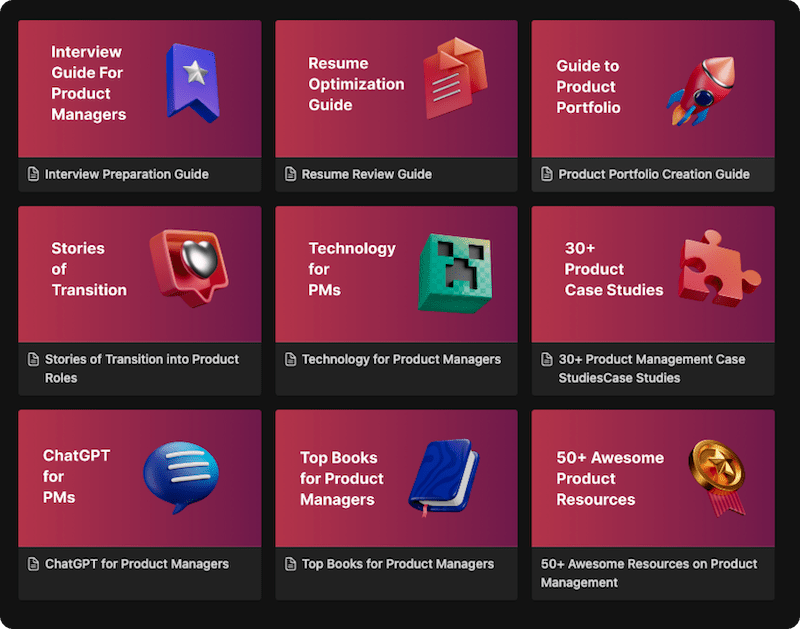Products succeed because they address a desire or solve a problem in the life of the user.
However, most product managers and creators fail to properly understand or uncover the right user’s problems. Finding problems is not simple, you need to connect with users and ask them questions, and even after connecting and asking questions, most users tend to recommend solutions straight away, or share their opinions rather than the facts.
5 Why is one of the most simple yet powerful frameworks, that can uncover the real problems behind the symptoms? The method is used to do root cause analysis, find underlying user motivations, problems, and pain points, and eventually understand their decision-making process.
How to apply the 5 whys framework in product management?
In order to get to the root cause of the problem, we repeatedly ask “why”, until the underlying cause is revealed.
You can ask any number of whys until you reach the root cause. 5 is just an indicative number, sometimes 3 whys might be enough, while other times you might have to ask more than 5 whys to get to the issue.
Here are a few scenarios in which a product manager can apply the 5 Whys framework:
Situation 1: You have launched a new feature to increase revenue, but the revenue didn’t increase.
Why? Because most users are not using the feature.
Why? Because they are not aware that this feature exists.
Why? Because no communication has been sent to them, about this new feature?
Why? Because the product team didn’t create the go-to-market plan with the marketing team?
Suggested Solutions:
Short term: Take the help of the marketing team and make the right users aware of the feature.
Long-term: Make processes and culture so that marketing and product teams have better communication in the future. Maybe every Product Requirement Document for a user-related feature should have a mandatory go-to-market plan section.
Situation 2: Users are experiencing frequent crashes and slow performance in a web application.
Why? – The application’s server storage is insufficient.
Why? – The server infrastructure was not scaled up to meet increasing user demands.
Why? – There was no proactive monitoring and performance optimization of the server infrastructure.
Why? – The operations team did not have visibility into the growing user base.
Why? – There is no mechanism in place to provide real-time user growth data to the operations team.
Root Cause: The absence of proactive monitoring and lack of visibility into user growth prevented timely scaling of the server infrastructure, resulting in poor app performance.
Solution: Implement real-time user growth tracking and establish proactive monitoring processes to ensure a scalable and performant application.
Situation 3: The sales team is after product managers to develop a new and unplanned feature as soon as possible.
Why is the sales team pushing this? Because a high ticket customer has asked for this feature from sales.
Why does the customer want this feature? Because this feature will help the customer do a certain task with your product.
Why does the customer want to do that certain task? Because it helps them solve a problem, X.
Now ask, can this problem be solved by doing something else? Can existing features also solve this problem? Is this problem being faced by other customers as well?
Asking these questions will help you as a product manager to collaborate with the sales team and customers for solving problems, rather than fighting for team bandwidth.
Situation 4: Validating new features and product ideas.
As we already know: Products succeed because they address a desire or solve a problem in the life of the user. The 5 Why framework can help us uncover these problems, by doing the right competitive research.
To check your understanding of user problems, and reveal insights, one way is to ask your users (or brainstorm): Why are they using competitors or alternative products?
Now extend your chain of whys until you come to the underlying motivation or an unsatisfied desire or problem.
Once found, make sure your product does a better job at solving this.
Best practices while applying the 5 Why framework:
- Listen more and talk less while asking questions.
- Formulate open-ended Why questions.
- Challenge Assumptions: Encourage critical thinking and challenge assumptions throughout the process. This helps avoid jumping to conclusions and ensures a thorough exploration of potential causes.
- Iterate and Refine: The 5 Whys is an iterative process. As you uncover root causes, re-evaluate and refine your questions to ensure you’re getting to the deepest level of causality. This may involve revisiting earlier answers to further investigate or validate the findings.
These are a few of the many use cases of the popular 5 Why framework, this is also a foundation for many other product management frameworks, including jobs to be done, and first principles.
 WATCH HELLOPM COHORT IN ACTION
WATCH HELLOPM COHORT IN ACTION



0 thoughts on “5 Why Framework for Product Managers”
Comments are closed.